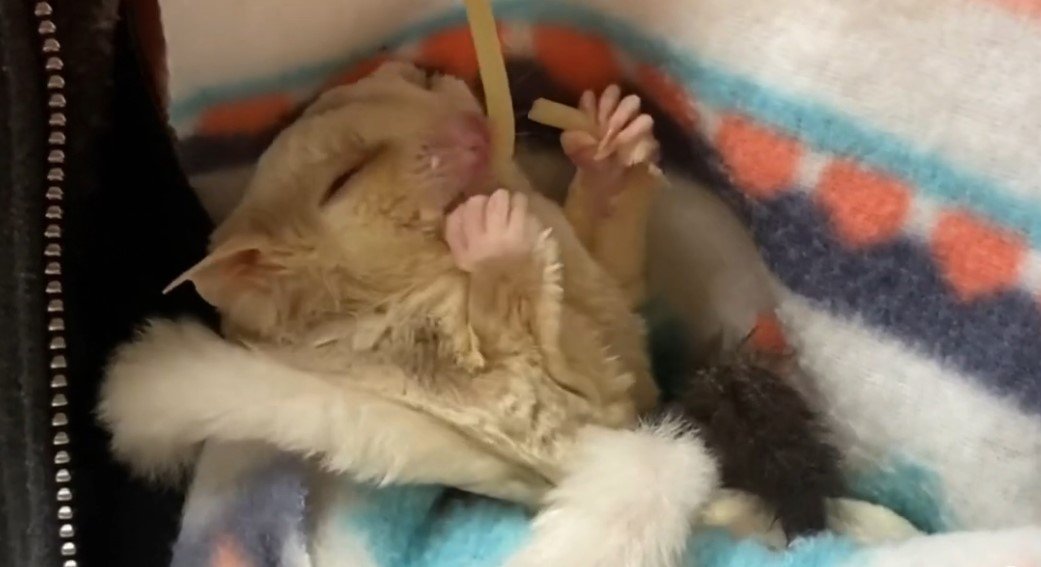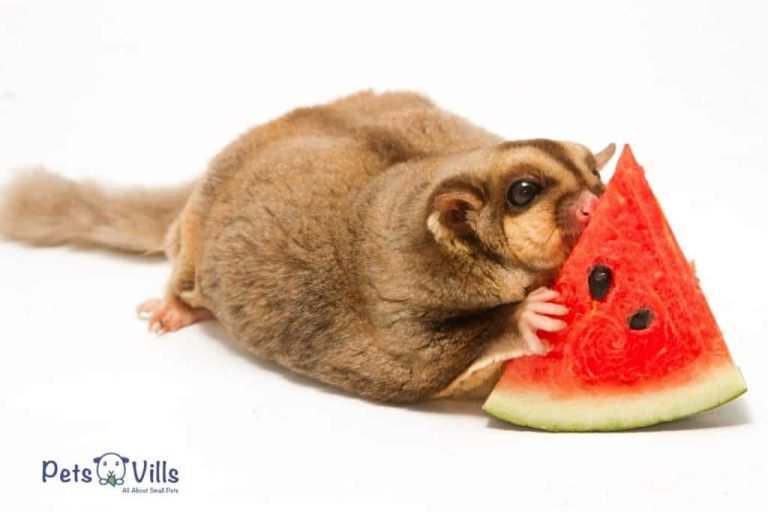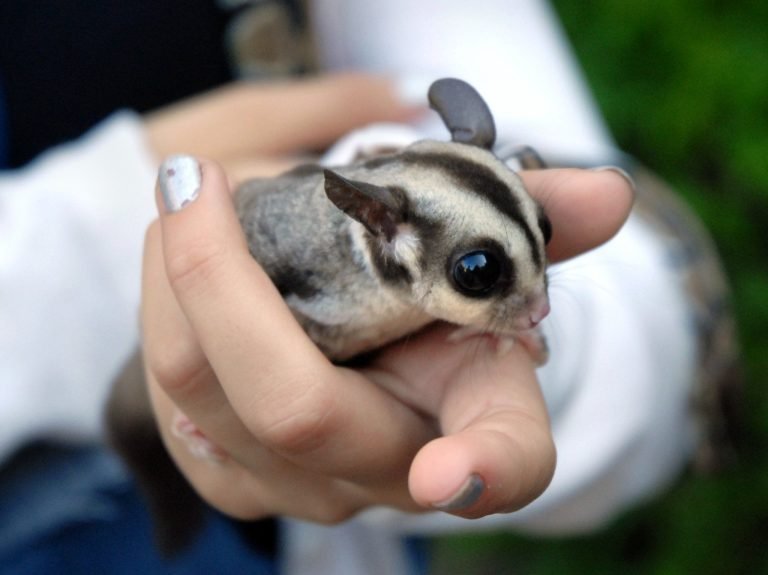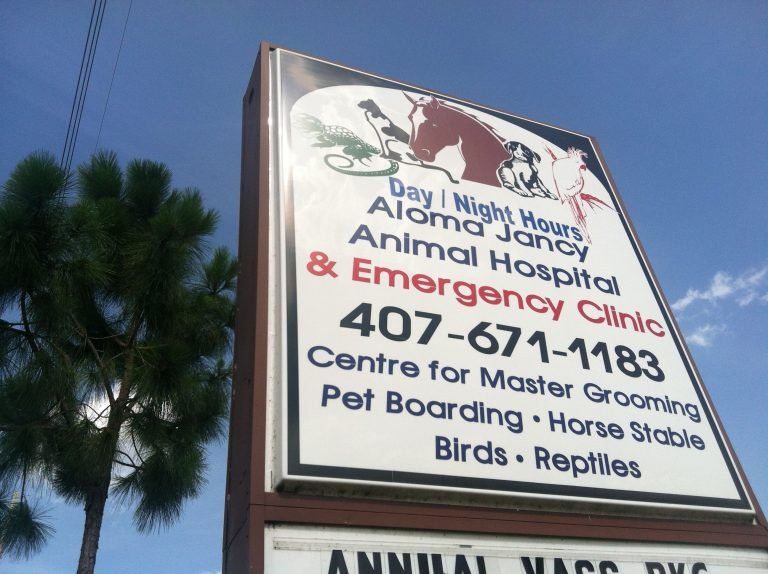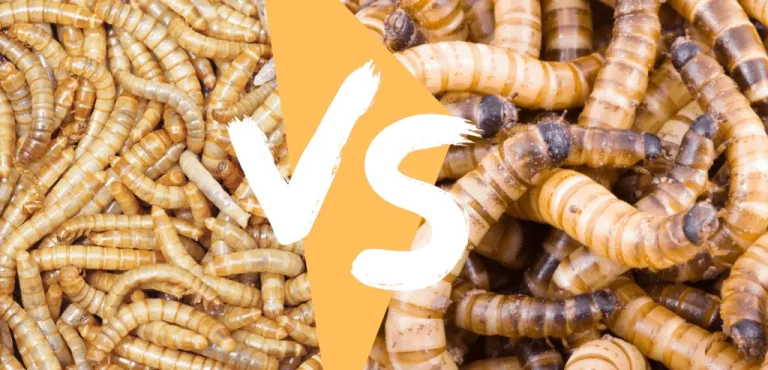Sugar Glider Poop Pee
Sugar Glider Poop Pee: Unraveling the Mysteries of a Tiny Creature’s Waste
Did you know that sugar gliders have some fascinating bathroom habits? Understanding how these adorable creatures manage their waste is essential for their overall well-being. From the basics of waste management to observing patterns in poop and pee, it’s crucial to stay informed about your pet’s bathroom routine.
Proper bathroom habits greatly impact a sugar glider’s health. By knowing what to expect and how to maintain cleanliness, you can ensure a happy and healthy life for your furry friend. But what are the main factors that influence their bathroom behaviors? From food choices to location preferences, several aspects play a role in their waste disposal practices.
We’ll explore the ins and outs of their bathroom routines, discuss common concerns, and shed light on why understanding these habits is so important for their overall care. So let’s jump right in and discover everything you need to know about sugar glider poop and pee!
Understanding Normal Sugar Glider Poop and Pee Patterns
Identifying What Constitutes Normal Sugar Glider Poop and Pee
Understanding their bathroom habits is essential. By familiarizing yourself with what constitutes normal sugar glider poop and pee, you can ensure your furry friends are healthy and happy.
Sugar glider droppings are typically small, cylindrical pellets that resemble rat or mouse droppings. They are firm in texture and have a dark brown or black color. These droppings may vary slightly in size but should generally be around 1/4 inch long.
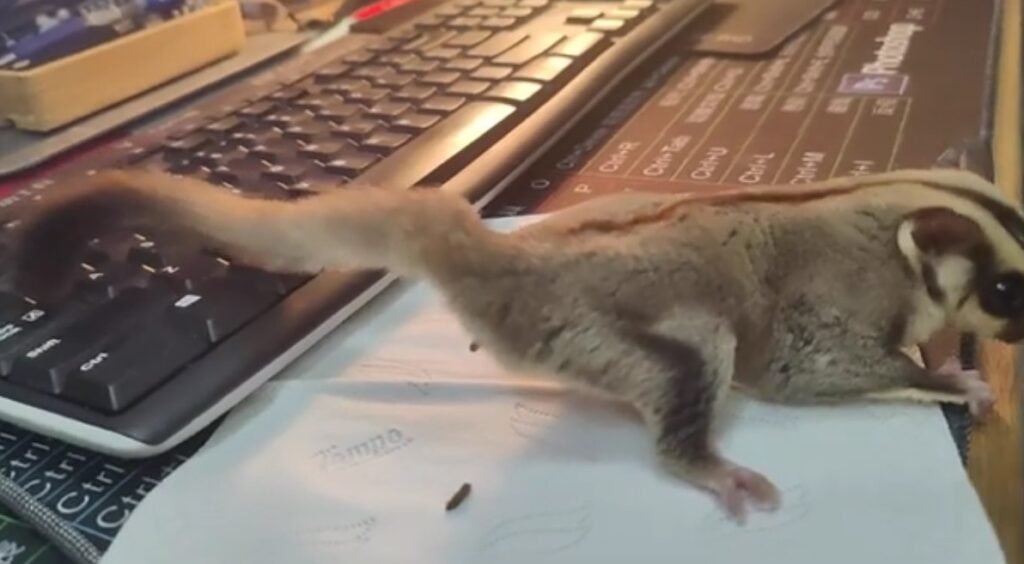
In terms of urine, sugar gliders have a unique marking behavior. They often urinate on objects to establish their territory. This urine marking is perfectly normal for these marsupials and helps them communicate with other sugar gliders.
Recognizing Variations in Color, Consistency, and Frequency
While the typical appearance of sugar glider poop is dark brown or black, variations can occur depending on their diet. If your sugar glider consumes foods high in pigments, such as fruits or vegetables, their droppings may appear slightly different in color.
Changes in consistency can indicate dietary adjustments or potential health issues. Soft or runny stools might suggest an imbalance in the diet or digestive problems. It’s important to monitor any persistent changes and consult a veterinarian if necessary.
The frequency of bowel movements can also vary among individual sugar gliders. Some may go multiple times a day while others might only have one bowel movement every couple of days. As long as the droppings remain within the normal range of size and consistency, there is usually no cause for concern.
Learning About the Typical Size and Shape of Sugar Glider Droppings
Sugar glider droppings are relatively small compared to other animals of similar size. Their pellet-like shape makes them easy to identify.
Reasons Behind Sugar Gliders’ Bathroom Habits
Unveiling the biological reasons behind sugar gliders’ bathroom habits
Sugar gliders may be small and adorable, but they have some interesting bathroom habits that are worth exploring. Understanding why these little critters do what they do can give us insights into their biology and behavior.
One of the main factors affecting their bathroom habits is their diet. Sugar gliders have a unique digestive system that allows them to break down complex sugars found in nectar and sap. However, this also means that their waste production is quite high. They produce both solid feces and liquid urine as a result of their specialized diet.
Exploring how diet affects their digestive system and waste production
The food sugar gliders consume plays a crucial role in their digestion process. Their diet consists mainly of fruits, vegetables, nectar, and even insects. This diverse menu helps maintain a healthy gut flora, aiding in the breakdown of nutrients and waste elimination.
Their digestive system efficiently extracts all the necessary nutrients from their food, leaving behind solid feces called “poop.” These tiny pellets are usually dark brown or black in color due to the presence of undigested plant matter.
In addition to poop, sugar gliders also produce copious amounts of urine. This liquid waste not only helps eliminate toxins from their bodies but also serves another purpose: territorial marking.
Discussing the role of territorial marking through urine in social interactions
Sugar gliders use urine as a form of communication with other members of their group. By marking specific areas with their scent, they establish boundaries and claim ownership over territories. This behavior is particularly important for social interactions within colonies or when encountering unfamiliar individuals.
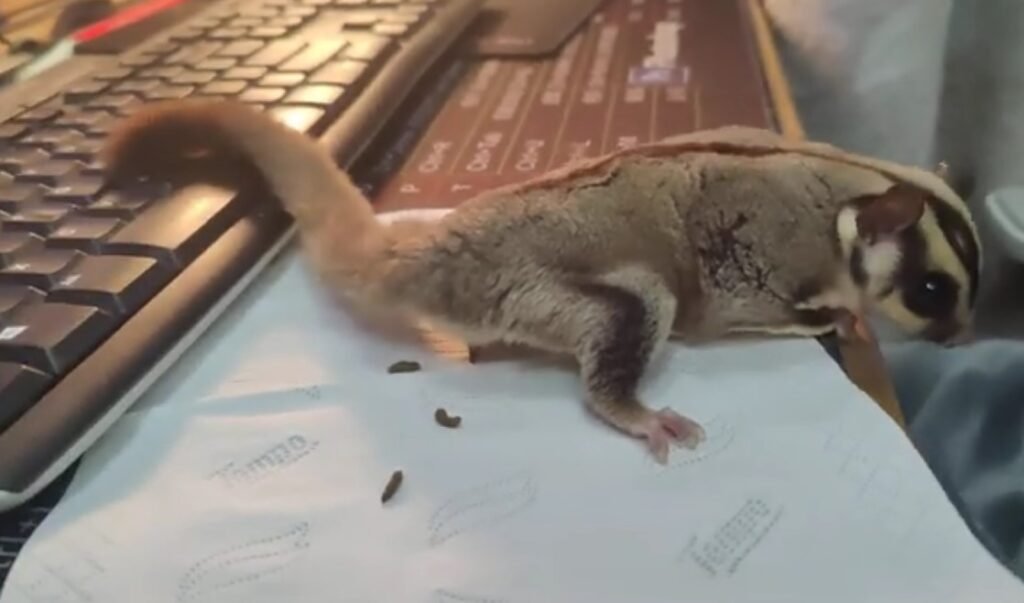
Territorial marking through urine allows sugar gliders to communicate vital information about themselves, including reproductive status, dominance hierarchy, and even emotional state. It’s like leaving little scented post-it notes for other gliders to read!
Managing Sugar Glider’s Bathroom Habits: Tips and Techniques
Providing a Clean Living Environment
One of the key aspects of managing your sugar glider’s bathroom habits is to ensure they have a clean living environment. These small animals are naturally clean creatures, and by providing them with a tidy space, you encourage good hygiene practices. Regularly clean their cage, removing any soiled bedding or waste. This not only helps maintain cleanliness but also prevents any unpleasant odors from building up.
Establishing a Consistent Feeding Schedule
Regulating your sugar glider’s bowel movements can be achieved by establishing a consistent feeding schedule. These tiny creatures have regular elimination habits that can be influenced by their diet and eating patterns. By feeding them at the same time each day, you create a routine that allows them to anticipate when it’s time to do their business. This helps in managing their bathroom habits effectively.
Using Appropriate Bedding Materials
Choosing suitable bedding materials for your sugar glider’s cage is crucial in absorbing urine effectively. Opt for options such as shredded paper, fleece liners, or specialized sugar glider-safe bedding products available in pet stores. These materials help absorb moisture and keep the cage cleaner for longer periods between cleanings.
Implementing Regular Cage Cleaning Routines
To ensure optimal waste management, it is essential to implement regular cage cleaning routines. Sugar gliders are known to mark their territory using scent glands located on their forehead and chest. Regular cleaning helps remove these markings and prevents the buildup of bacteria or odor-causing substances. Aim to clean the entire cage at least once every week, replacing soiled bedding and wiping down surfaces with pet-safe cleaners.
By following these tips and techniques for managing your sugar glider’s bathroom habits, you can create an environment that promotes cleanliness and hygiene while making it easier for you to care for these adorable creatures.
Potty Training Possibilities for Sugar Gliders: How to Get Started
Introducing Litter Training as a Potential Option
Potty training can be a good idea. Just like with babies, teaching them where to go can save you from constantly cleaning up after them. One option is introducing litter training to your sugar glider. By providing a designated area for them to eliminate, you can help reduce messes and make cleanup easier.
Utilizing Treats or Rewards
Potty training your sugar glider can be made more effective by using treats or rewards. Just like humans, they respond well to positive reinforcement. When they use their designated potty area correctly, reward them with their favorite treat. This will help reinforce the desired behavior and encourage them to continue using the appropriate spot for elimination.
Gradually Introducing a Designated Potty Area
To start potty training your sugar glider, gradually introduce a designated potty area within their enclosure. Place a small litter box or tray filled with suitable bedding material in one corner of their cage. Sugar gliders are naturally inclined to eliminate in specific areas, so they will likely catch on quickly.
Learning Techniques for Redirecting Inappropriate Elimination Behaviors
Sometimes sugar gliders may have accidents outside of their designated potty area. It’s important not to scold or punish them as this can confuse and stress them out. Instead, focus on redirecting their elimination behaviors towards the appropriate spot.
Here are some steps you can take:
- Clean up any accidents immediately: Remove any traces of urine or feces from areas where they shouldn’t be eliminated.
- Use scent markers: Place some of their droppings in the designated potty area to create a familiar scent that encourages them to use it.
- Observe patterns: Pay attention to when your sugar glider tends to eliminate and try to anticipate their needs.
Preventing Sugar Gliders from Peeing and Pooping on You: Effective Strategies
Identifying common triggers that may cause accidents during handling
Accidents can happen. One of the most common issues pet owners face is their gliders peeing or pooping on them. But fear not! By identifying the common triggers that may cause these accidents, you can take steps to prevent them.
Firstly, it’s important to understand that sugar gliders have natural elimination patterns. They tend to eliminate waste shortly after waking up, eating, or drinking. So if you notice your glider exhibiting any of these behaviors, it’s a good idea to anticipate a bathroom break soon.
Another trigger for accidents is anxiety. Sugar gliders are sensitive creatures and can become anxious in unfamiliar situations or when they feel threatened. If your glider seems stressed during handling, there’s a higher chance they might relieve themselves on you.
Establishing trust through bonding exercises to reduce anxiety-related accidents
To minimize anxiety-related accidents, it’s crucial to establish trust with your sugar glider through bonding exercises. Spend quality time with your pet regularly and engage in activities that help build a strong bond.
One effective method is carrying your glider in a bonding pouch close to your body for extended periods. This allows them to feel your warmth and hear your heartbeat, which helps create a sense of security and familiarity.
Providing positive reinforcement during playtime can reinforce trust and reduce anxiety. Offer treats or praise when your sugar glider behaves calmly during handling sessions. This positive association will make them more comfortable and less likely to have accidents.
Utilizing protective clothing or towels during playtime to minimize mess
If accidents still occur despite bonding efforts, consider using protective clothing or towels during playtime as an extra precautionary measure.
Final Verdict
In conclusion, understanding sugar glider poop and pee patterns is essential for their overall health and well-being. By recognizing what is considered normal for these adorable marsupials, you can better monitor their bathroom habits and detect any potential issues.
The reasons behind sugar gliders’ bathroom habits vary from marking territory to maintaining hygiene. It is important to provide them with a suitable environment that encourages proper elimination behaviors.
Managing sugar gliders’ bathroom habits requires patience and consistency. By implementing tips and techniques such as providing appropriate litter boxes and establishing a routine, you can help train your sugar glider to use designated areas for their bathroom needs.
Potty training possibilities exist for sugar gliders, although it may take time and effort. With positive reinforcement techniques and rewards, you can gradually teach your pet to associate specific locations with urination and defecation.
To prevent sugar gliders from peeing and pooping on you, effective strategies include wearing protective clothing or using bonding pouches during handling sessions. Ensuring your pet has regular access to a clean litter box can minimize accidents outside of designated areas.
In order to ensure the best care for your sugar glider’s poop and pee habits, it is vital to consult with a veterinarian who specializes in exotic pets. They can offer personalized advice based on your specific situation.
Remember that every sugar glider is unique, so it’s important to observe their individual behavior patterns closely. If you notice any significant changes in their bathroom habits or suspect any health concerns, seek professional guidance promptly.
By following these insights on sugar glider poop and pee management, you can provide optimal care for your furry friend while maintaining a clean living environment.
FAQs
Q: How often do sugar gliders poop?
Sugar gliders typically poop multiple times per day due to their high metabolic rate. The frequency may vary depending on the diet and individual glider, but it is normal for them to produce small, firm droppings.
Q: Can sugar gliders be potty trained?
Yes, sugar gliders can be potty trained to some extent. With consistent training and positive reinforcement techniques, they can learn to use designated areas for urination and defecation.
Q: What should I do if my sugar glider’s poop appears abnormal?
If you notice any significant changes in the color, consistency, or frequency of your sugar glider’s poop, it is advisable to consult a veterinarian specializing in exotic animals. They can help identify any potential health issues.
Q: How can I prevent my sugar glider from peeing on me?
To prevent accidents during handling sessions, consider using bonding pouches or wearing protective clothing. Ensure that your sugar glider has regular access to a clean litter box.

